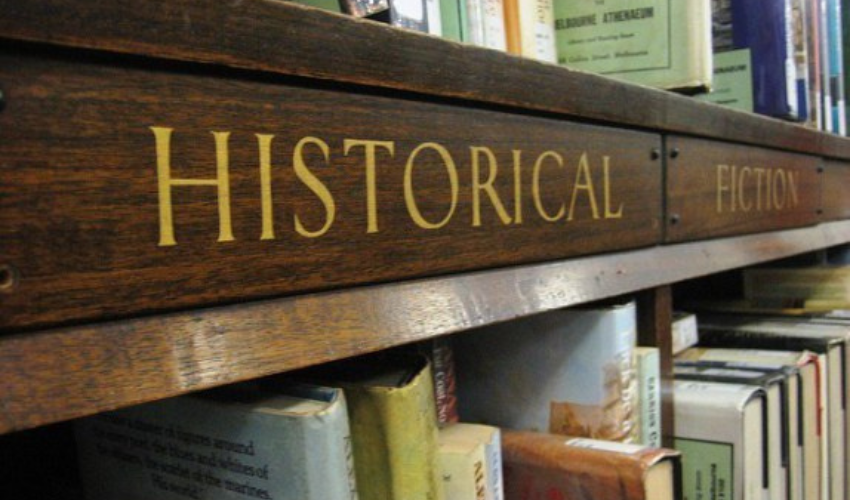6 Ways to Write a History Book
There are numerous ways to present and communicate history to your audience, and each one has certain benefits. No single strategy is superior or inferior. Finding what works best for you and your material is much more important.
1. Biography
Experiencing history through the viewpoint of a person who was there can be enlightening. By allowing you, as the author, to fully immerse your readers in the characters, sights, sounds, and ideas of the time and location, as well as its distinctive character, the biography format aids in bringing history to life. You can also delve extensively into your subject’s life to discover how and why he came to be who he was and how he came to be so crucial to the story’s theme.
Example: Alexander Hamilton, by Ron Chernow
2. Deep Dive on a Specific Incident
The ability to concentrate on an occurrence (or related set of events) that narrates the story of the time and place it occurred allows you to take a close look at one historical event. You can assist readers comprehend the event, the people, the place, and the time, as well as the matter’s enduring importance, by using your imaginative storytelling abilities to establish the scene.
Example: Lincoln at Cooper Union: The Speech that Made Lincoln President, by Harold Holzer
3. Personal Response to History
Even if it may have a bigger impact on us than we realise, the past can seem irrelevant to the present. Examining a period of history and considering how it affected your life is a brilliant way to learn more about yourself. When you, the author, see history through such a personal lens, you can both evoke strong feelings in your readers and impart important knowledge.
Example: Robert E. Lee and Me: A Southerner’s Reckoning with the Myth of the Lost Cause, by Ty Seidule
4. Relationship-focused History
One of the most important aspects of history is how people interact with one another. History might have been altered if any of the key players had chosen differently. You can learn about the backgrounds and occasionally opposing viewpoints of the major characters in a historical circumstance by delving into the interpersonal relationships that brought them together to produce a single special event.
Example: Franklin and Winston: An Intimate Portrait of an Epic Friendship, by Jon Meacham
5. Counterfactual
The counterfactual method rewrites history and is frequently referred to as “alternative history.” Here, the conclusion of a known factual event or a string of events that have been documented is altered. When the Minutemen attack the British on their way to and from Concord, for instance, the British soundly destroy them, perhaps changing the direction of the American Revolution and the future of the United States. Another possibility is that the War of the Roses would not have taken place if England’s King Edward IV had wed a French princess rather than Elizabeth Woodville. In counterfactual history literature, characters who time travel to influence previous events are a recurrent motif, including alternative outcomes to significant events like World War II or a presidential murder attempt.
Example: 11/22/63, by Stephen King
6. Historical Novel
The easiest way to define a historical novel is as fiction that heavily draws inspiration from real-life people, places, and events. To create a better, clearer story, what actually happened might be somewhat changed. Dialogue may be made up or paraphrased, but the fictional exchanges must be true to what is known about the individuals, the setting, and the time period. This is a clever technique for educating readers about a specific era while simultaneously emotionally involving them in the story. Sometimes it’s preferable to omit those 1,000 words and present a visual aid instead. Historical drawings, diagrams, maps, and copies of documents with the original handwriting can all communicate a richness of information that is challenging to describe in words. When trying to capture the atmosphere of a location or time period, a photographic book might be helpful. It is particularly helpful when writing about conflicts, discoveries, or other complex topics that call for maps, diagrams, or other illustrations.
Example: The White Queen, by Philippa Gregory
If you wish to publish your own book, we can assist you with all your publishing and marketing needs with years of experience in this field. You can contact us here.


Leave a Reply